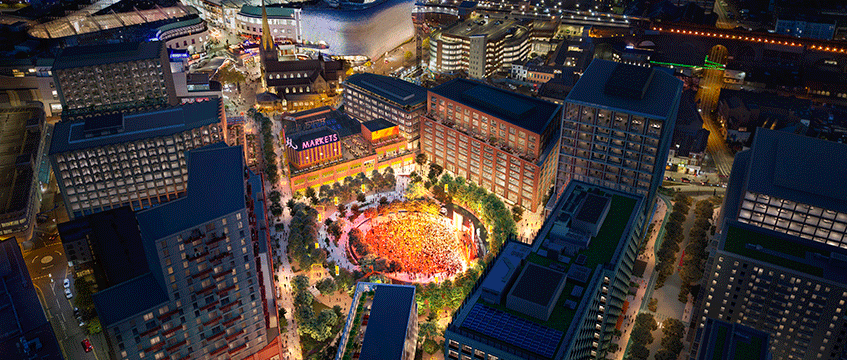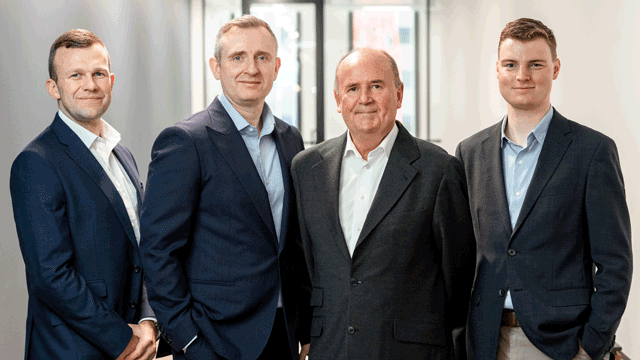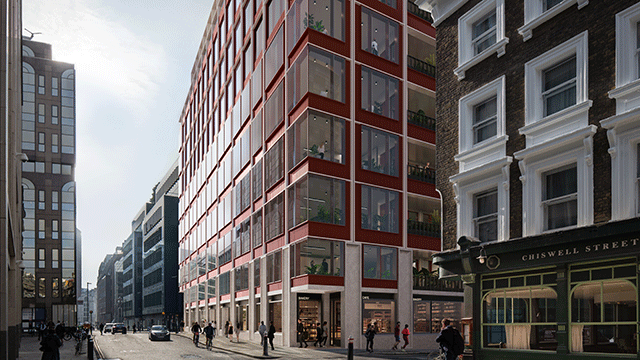The term “sustainability” is often used interchangeably with “net zero”, “decarbonisation” and “energy transition”. It is important, however, that the concept of sustainability is not lost as simply another synonym of the “build back green” agenda.
Sustainability in terms of development has two core features that mark it out as a concept that needs to be considered in future development:
- Reconciliation: at its heart, sustainability is an approach that seeks to reconcile economic development with the protection of both society and the environment, and the needs of society today with those of future generations.
- Whole-system approach: sustainability looks at the whole, not the part, considering all the impacts of both processes and products.
Reconciliation
In terms of reconciliation, we are increasingly seeing economic development and the protection of the environment becoming one and the same driver in terms of real estate development. Sustainability, as part of ESG, is now a metric of investment, and may very soon be the leading metric.
The UK government has already issued a call to action in requiring commitment to achieving net zero by 2050 and credible carbon reduction plans as a prerequisite to bidding for government contracts worth more than £5m a year (including from executive agencies or non-departmental public bodies).
The Together for our Planet campaign encourages small businesses to pledge to cut their emissions to net zero by 2050 or sooner – the emphasis being that SMEs are not excluded from the challenges of sustainability and need to remain “carbon competitive” to preserve their place in the supply chain.
Whole-system approach
Under a whole-system approach, when we consider the building as an operational business, the sustainability challenge becomes more than just how it is powered and heated. Rather, considerations extend to how people travel to and from the building, the efficiency of the building’s location as part of the logistics network and the building’s impact generally on the greater supply chain.
Real estate’s role therefore needs to be symbiotic with other stakeholders to enable greater decarbonisation of supply chains and deliver sustainable cities, rather than simply being a means to provide green credentials to an occupier. This collaborative approach is key, and is why the industry must lead and influence the sustainability policies of local and national government.
If the true measure of the sustainability of a business is how it interacts with and impacts the supply chain, then the real challenge for large corporates lies in helping the small businesses in their supply chain.
Future real estate developments can help provide solutions to these problems and have the added benefit of being able to start with a “greenprint” to address these specific challenges, rather than trying to retrofit or shoehorn a part-solution. Some of the possible solutions are considered below.
On-site generation
Decentralised heat and power networks through the use of integrated renewables or stand-alone renewable energy infrastructure can provide on-site solutions. Estates can also implement sector coupling to match tenants with divergent power demands (high daytime demand matched with high night-time demand) and tenants that can participate in a circular economy within the estate to de-stress decentralised energy systems and better manage power and heat demands.
In addition, with on-site generation the estate can also offer decarbonised transport, with electric vehicle charging or hydrogen refuelling stacks for return-to-base transport.
Supply chain coupling
Should large corporates sitting at the head of supply chains – which are able either to procure renewable electricity through corporate power purchase agreements or to take ownership/long-term leases within new developments benefiting from on-site generation – use their bargaining power to help the SMEs within their supply chain?
For instance, an occupier with strong bargaining power could either seek to negotiate the grant of shorter-term leases for members of its supply chain, which can then in turn benefit from the decarbonised solutions, or, alternatively, sublet units to its supply chain members. This would require larger developments to make provision for smaller units at perhaps lower or discounted rents, but from a developer’s perspective could this be a valuable incentive, or even a necessity, to attract large multinational occupiers?
Local government
The challenge in delivering sustainable cities requires collaboration and a joined-up approach, not just between developers and occupiers, but also with other stakeholders and, in particular, local authorities.
It must be remembered that net zero is not a local issue but rather a global initiative, and cities will find themselves competing globally for investment, with large multinationals setting the agenda with their own sustainability commitments. Cities may find themselves in a race to net zero to attract investment and jobs.
If the real estate industry is to lead and influence policy, what needs to happen? If a development includes some on-site generation (effectively alleviating the stress on the grid and cost to the distribution network operator for grid upgrades) is that grid connection treated the same as any other? Should it be?
The US has recently introduced “opportunity zones” to encourage green initiatives through capital gains tax deferral and partial forgiveness of tax on capital gains and additional gains on investments. Do we need to see “net zero areas” to encourage investment in green schemes that will deliver a city that is able to secure jobs and investment for future generations?
Many councils have made great advances in decarbonised public transport plans through hydrogen-powered buses, but a decarbonised public transport system will fall short if the city itself is unable to progress to become a truly sustainable economic hub.
John Palmer is a partner at Shoosmiths











